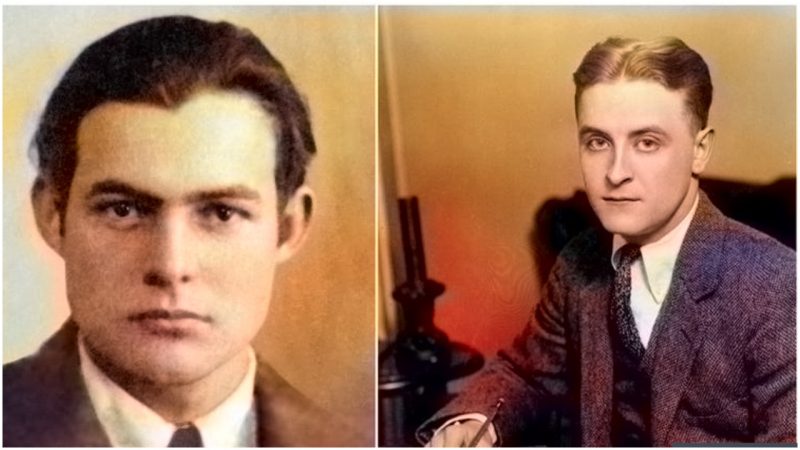In the 1920s American writers F. Scott Fitzgerald and Ernest Hemingway were living in Paris amongst a group of like-minded artists known as ‘The Lost Generation.” The young men were friends, sharing a love of literature and drink, though from the outside they appeared very different.
Fitzgerald was a more artful type, whereas Hemingway had a comparatively action-packed background and enthusiasm for sports. According to Biography.com when he “wasn’t writing, Hemingway spent much of the 1930s chasing adventure: big-game hunting in Africa, bullfighting in Spain, deep-sea fishing in Florida.”
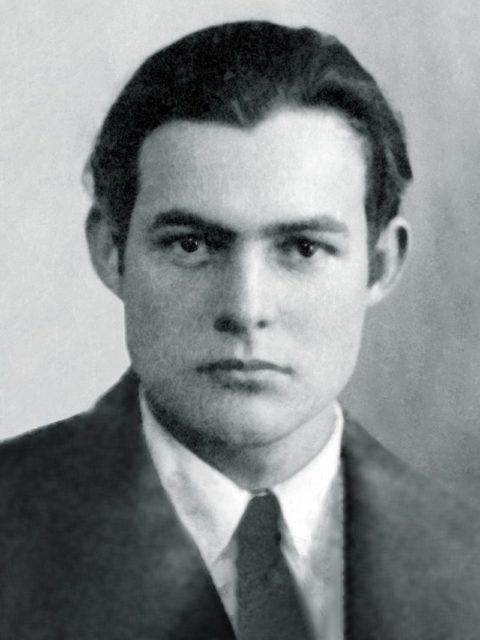
Writing for The Atlantic in 2009, the author Christopher Hitchens recalls Hemingway’s own description of Fitzgerald, saying he “looked like a boy with a face between handsome and pretty. He had very fair wavy hair, a high forehead, excited and friendly eyes and a delicate long-lipped Irish mouth that, on a girl, would have been the mouth of a beauty.”
The article reviewed a reissue of Hemingway’s memoir A Moveable Feast, published three years after his death in 1964, which gave readers an insight into his time in the French capital.
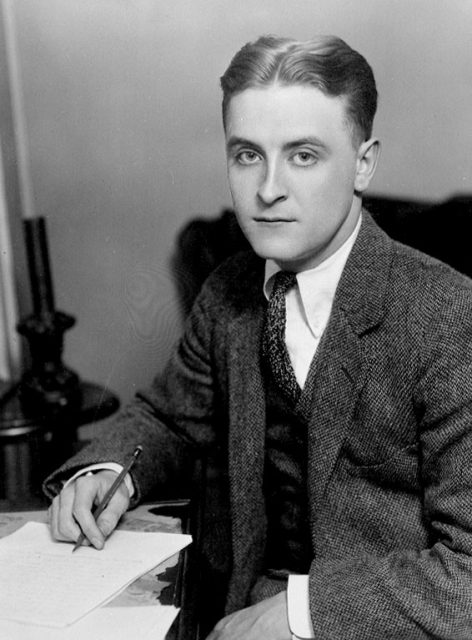
This heady social scene was shown in the Woody Allen 2011 movie Midnight In Paris, where Corey Stoll played Hemingway and Tom Hiddleston, Fitzgerald.
Hemingway was rugged, whereas Fitzgerald arguably had more in common with the “café society” culture. The former wrote novels such as The Old Man and the Sea and the latter’s most famous work was The Great Gatsby. However there was much that united them, not least depression.
In fact their closeness resulted in an infamous and intimate exchange that Hemingway chose to commit to the page in the chapter of A Moveable Feast called ‘A Matter of Measurements.’
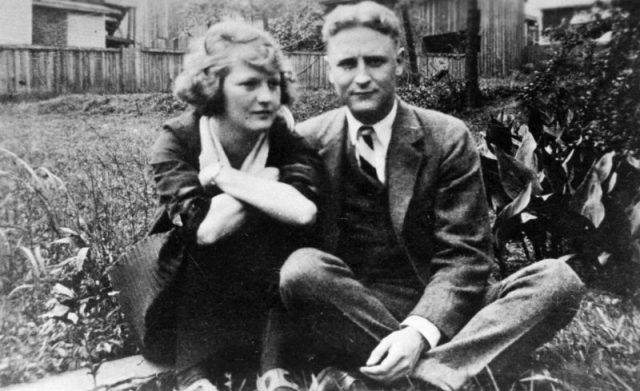
Hemingway’s friend had married Zelda Fitzgerald in 1920, a relationship that took a tragic turn when her own issues led to a diagnosis of schizophrenia. Years earlier, the men were sitting in a Parisian restaurant when F. Scott made a startling confession to his no-nonsense pal.
Hitchens quotes Fitzgerald’s lament: “Zelda said that the way I was built I could never make any woman happy and that was what upset her originally. She said it was a matter of measurements.” They were within range of the Eiffel Tower, but it was another structure that was preoccupying the writer’s thoughts.
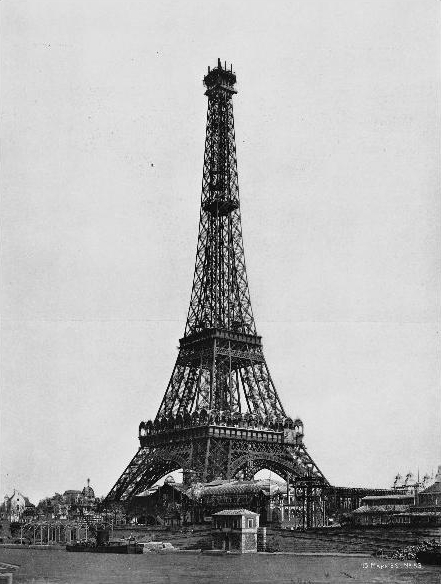
Fitzgerald went on to say “I have never felt the same since she said that and I have to know truly.” It was a remark that would unsettle any man, and he looked to Hemingway for guidance on the matter.
What unfolded next was a fairly typical male scene, albeit given a bizarre dimension by its legendary participants. Going into the men’s room, Hemingway gave his honest assessment of Fitzgerald’s situation.
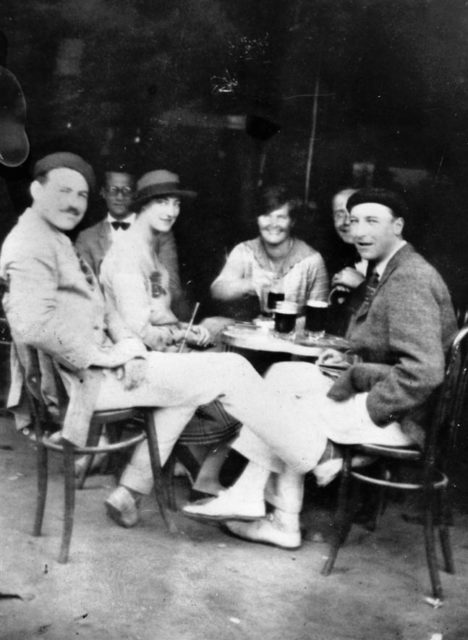
The news was good for the young scribbler — everything seemed perfectly normal. Hemingway went on to comment that the problem was more a question of Fitzgerald’s angle of examination rather than anything else.

The Atlantic piece goes on to suggest that Hemingway was flattering his friend somewhat to cover any embarrassment, though this was really one of those cases where you had to be there at the time. Whether someone would have wanted to be there at the time is another thing entirely.
Fitzgerald and Hemingway went on to make their mark on the printed page. The latter was acknowledged during his lifetime, especially with a Pulitzer Prize for The Old Man and the Sea.
Read another story from us: Unpublished Hemingway War Story Finally Sees the Light of Day
Fitzgerald wasn’t so fortunate. He had his triumphs, but true recognition only came after his death with a reappraisal of The Great Gatsby and its depiction of the times. Times he drew upon from his days spent in Paris alongside Hemingway and company.
